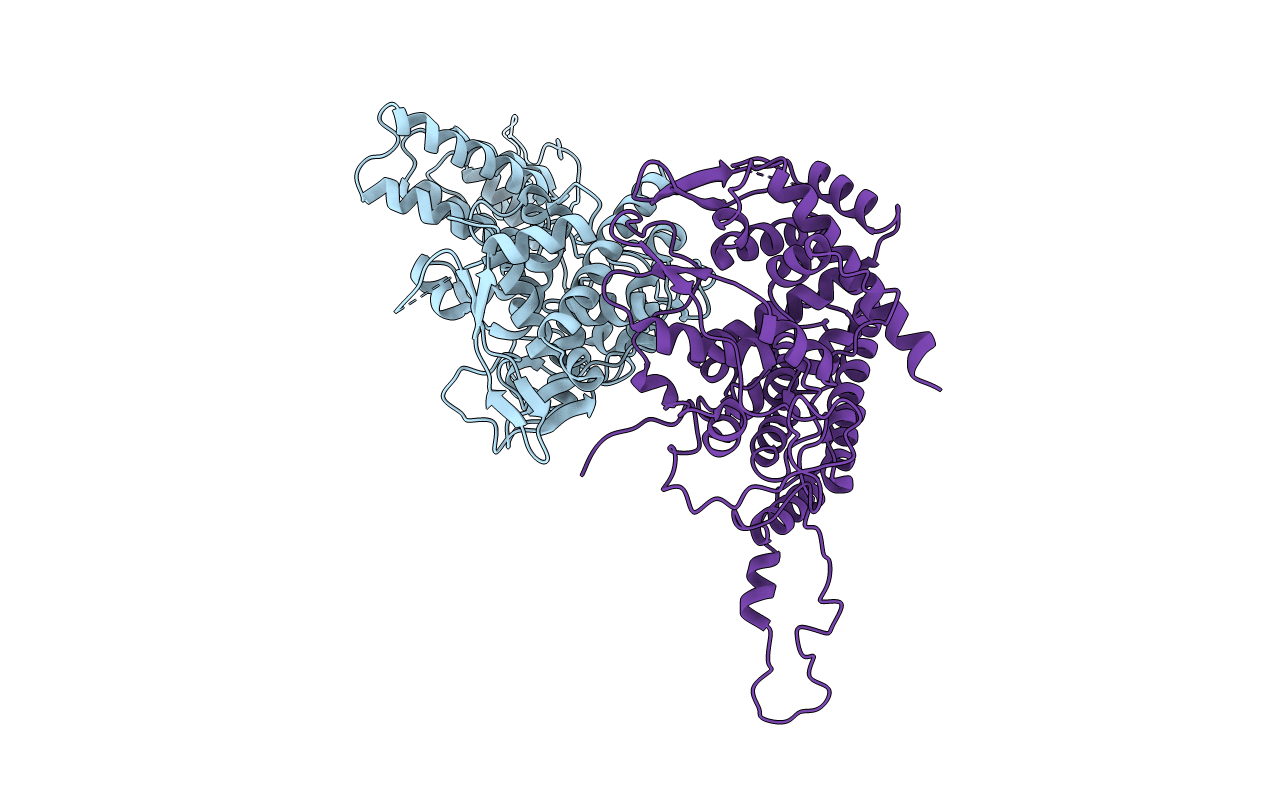
Deposition Date
2007-05-21
Release Date
2008-05-27
Last Version Date
2023-08-30
Entry Detail
PDB ID:
2Q06
Keywords:
Title:
Crystal structure of Influenza A Virus H5N1 Nucleoprotein
Biological Source:
Source Organism:
Influenza A virus (Taxon ID: 11320)
Host Organism:
Method Details:
Experimental Method:
Resolution:
3.30 Å
R-Value Free:
0.27
R-Value Work:
0.20
R-Value Observed:
0.20
Space Group:
P 21 3


